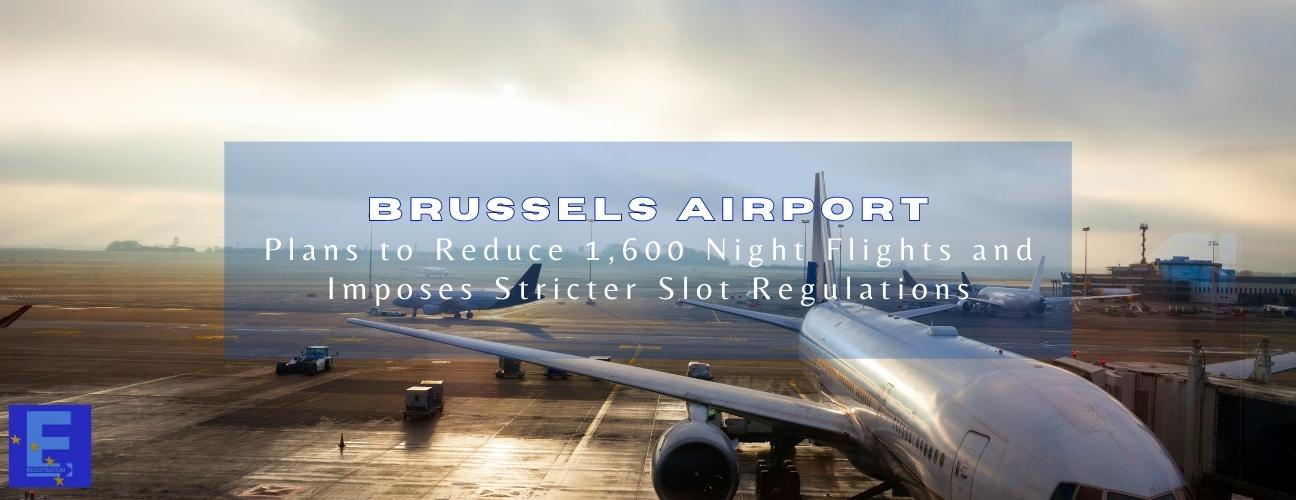The European Union is set to launch the Entry-Exit System (EES) on November 10, 2024, designed to enhance border security by automating checks through biometric data collection. Travelers will be required to provide fingerprints and facial images when entering or exiting the Schengen Area.
While larger airports are well-prepared for the transition, smaller airports may face challenges due to limited resources, which could result in longer wait times. The system will work in conjunction with the upcoming European Travel Information and Authorization System (ETIAS) to streamline non-EU travelers' entry.
Adapting to the New System
The EU Commission remains dedicated to the EES implementation, despite concerns from countries like France, Germany, and the Netherlands, which may struggle with readiness by the launch date. Smaller airports, particularly those in popular tourist destinations, are anticipated to face delays and increased pressure due to staff shortages.
Impact on Travelers and Tourism
The tourism industry is raising concerns about how the new system might affect travelers, especially those from non-EU countries such as the UK. Longer wait times for biometric processing may discourage tourism, especially if initial experiences are negative.
Francisco Calheiros, President of the Portuguese Tourism Confederation, emphasized the need for greater investments in staffing and technology to ensure smooth travel experiences while addressing security concerns.
EES and Broader EU Border Policies
The EES is part of the EU’s broader efforts to improve immigration controls while maintaining humane policies. In conjunction with the upcoming ETIAS, these systems aim to streamline border management, reduce illegal migration, and prevent overstays.
Countries that are still preparing for the system face logistical hurdles, highlighting the difficulties of implementing such a large-scale system across diverse member states. However, the EU is determined to improve border security and data collection through the EES to prevent identity fraud and enhance traveler safety.
Looking Ahead
The EES marks a significant shift in how non-EU travelers are processed at Schengen borders, but it also poses challenges for airports with fewer resources. Although the new system will ultimately improve security, its initial implementation may lead to delays, especially for smaller airports that are not yet fully prepared. Travelers are advised to plan for possible disruptions as the EU moves towards a more digital and secure border control approach.














































